South African Cities Show Commitment to Accelerate Water Resilience at 2023 UN Water Conference
The City Fix
APRIL 12, 2023
Between 2000 and 2014, urban area in South Africa expanded by 1,464 km2. South Africa’s cities are economic engines, drawing workers across the country and the continent. Of the country’s 58.8 million population, 68% live in urban areas. Population projections.

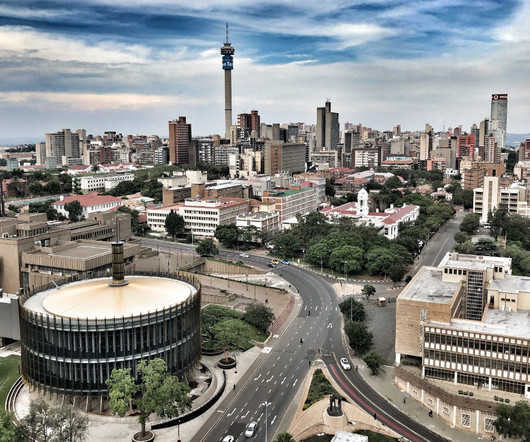
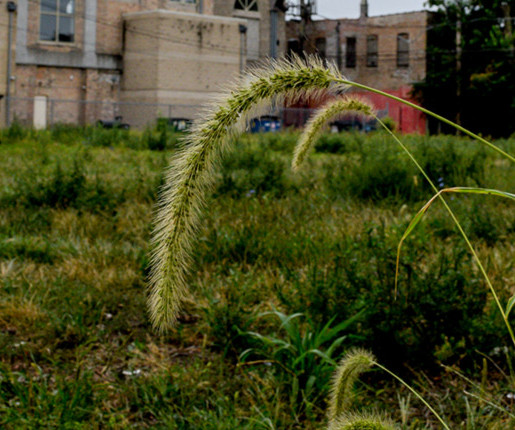
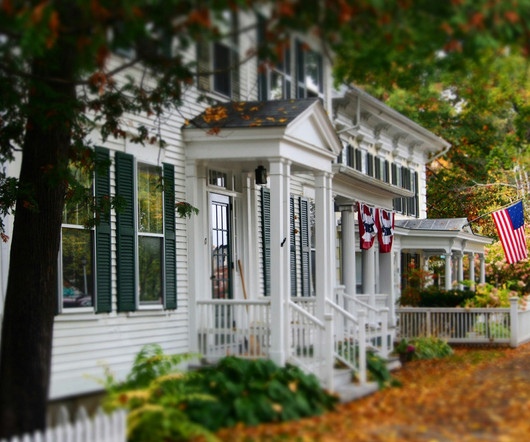
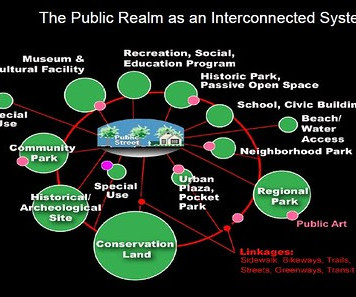
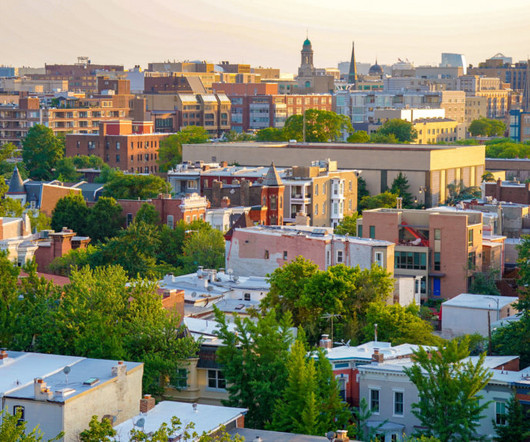

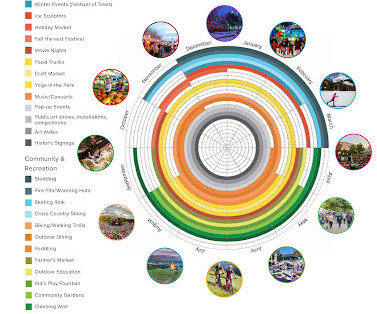
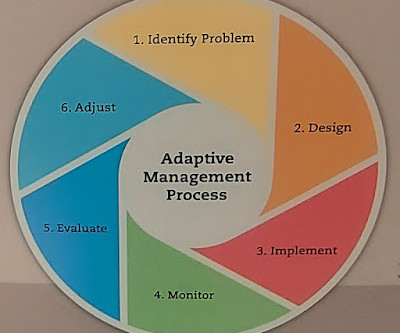






Let's personalize your content